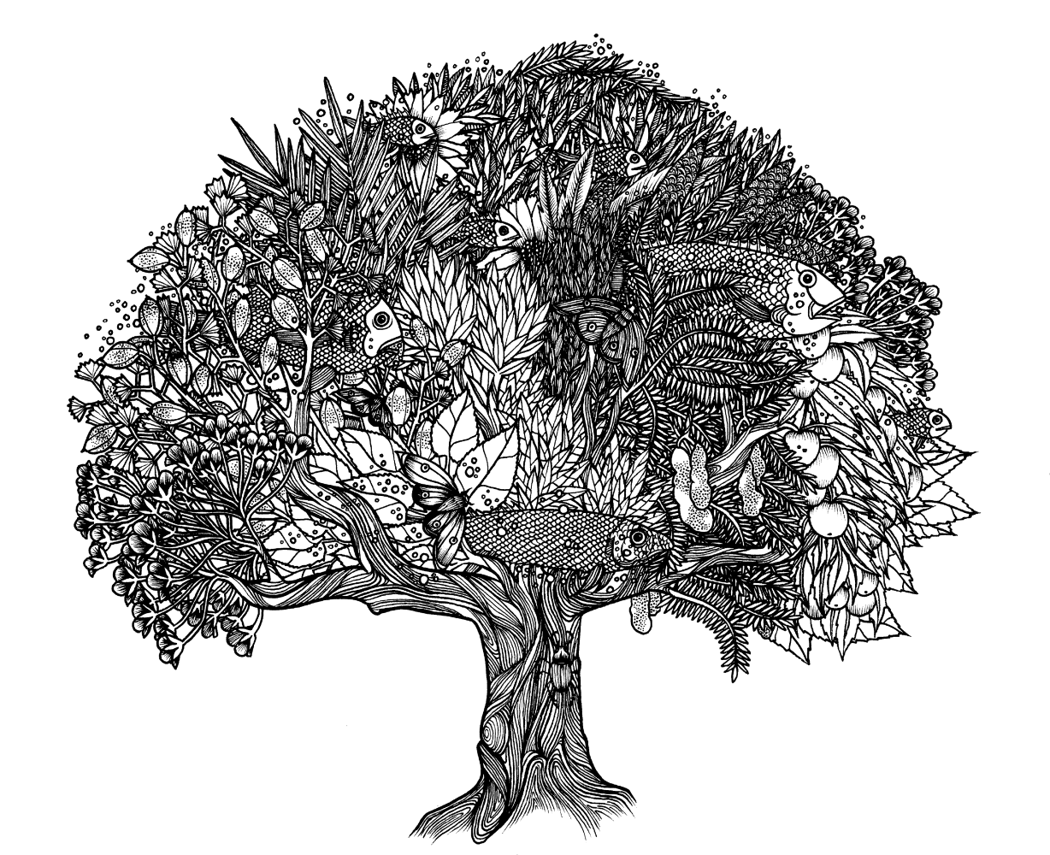
MicroBalance
One of the most innovative developments from Skretting in recent years has been the development of fully flexible feeds, made possible through an innovative concept we call MicroBalance. Substituting ingredients is not as easy as you might expect – micronutrition must be fully understood an accounted for to ensure health and growth are not compromised. Many years of R&D at Skretting Aquaculture Research Centre (ARC) have ensured that we can now make feeds that are fully flexible when it comes to raw materials, and that they satisfy the needs of the fish and shrimp, without any negative effects on animal health and performance.
We recognise that one of the most positive impacts we can have in the context of sustainability is to ensure that we manufacture our feeds from responsibly sourced raw materials. We therefore endeavour to improve the sustainability of our purchasing and feed formulas.